Base excision repair
Introduction
Base excision repair (BER) is a crucial cellular mechanism that rectifies DNA damage instigated by oxidation, deamination, or alkylation. These alterations to the DNA structure can potentially lead to mutations and cell death if not repaired promptly. BER plays a pivotal role in maintaining genomic stability, preventing mutations, and inhibiting the development of numerous human diseases, including cancer[1].
Mechanism of Base Excision Repair
The BER process involves several steps, each facilitated by a specific set of enzymes. The first step is the recognition and removal of the damaged base. This is achieved by a DNA glycosylase, which cleaves the N-glycosidic bond between the base and the sugar phosphate backbone of the DNA molecule, creating an apurinic/apyrimidinic (AP) site[2].
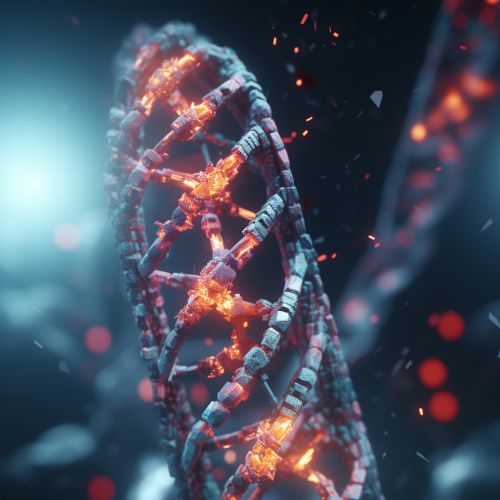
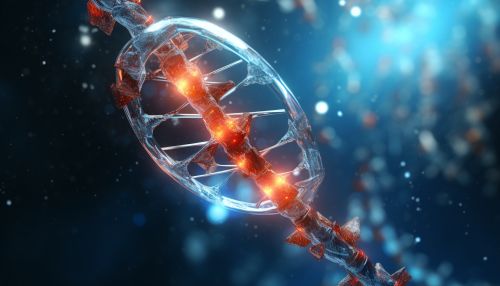
The AP site is then processed by an AP endonuclease, which cleaves the phosphodiester bond 5' to the AP site, leaving a 3'-hydroxyl group and a 5'-deoxyribose phosphate (dRP) group. This step is followed by the action of a phosphodiesterase, which removes the dRP group[3].
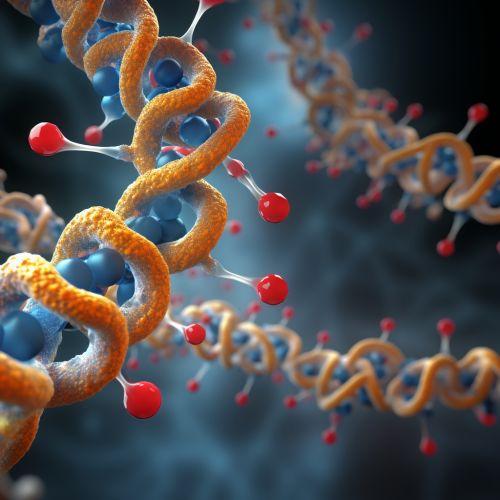
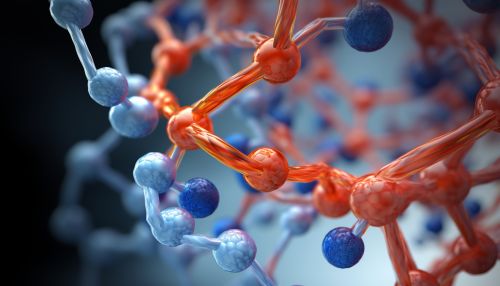
The resulting single-nucleotide gap is then filled by a DNA polymerase, which adds the correct nucleotide using the undamaged DNA strand as a template. Finally, the nick in the DNA backbone is sealed by a DNA ligase, restoring the integrity of the DNA molecule[4].
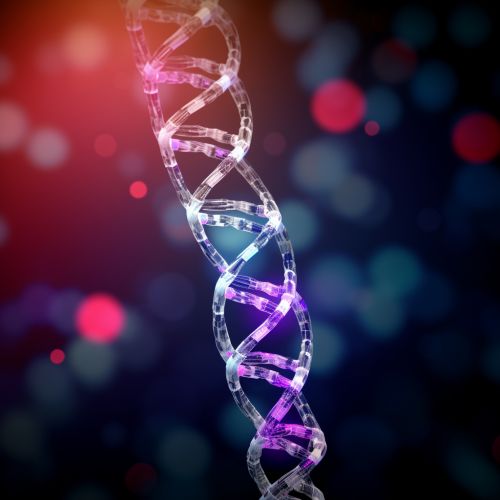
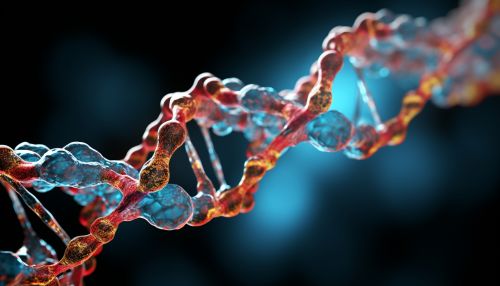
Types of Base Excision Repair
There are two sub-pathways of BER: short-patch BER, which replaces a single nucleotide, and long-patch BER, which replaces 2-10 nucleotides. The choice between these two pathways depends on the type of damage, the cell cycle stage, and the availability of repair proteins[5].
Short-Patch BER
Short-patch BER is the primary pathway for repairing small, non-helix-distorting base lesions. This pathway is initiated by a specific DNA glycosylase, which recognizes and removes the damaged base. The AP site is then processed by an AP endonuclease, followed by the action of a phosphodiesterase. The single-nucleotide gap is filled by DNA polymerase β (Pol β), and the nick in the DNA backbone is sealed by DNA ligase III (Lig III)[6].


Long-Patch BER
Long-patch BER repairs larger, helix-distorting lesions and involves the synthesis of a longer DNA patch. This pathway is initiated by the same steps as short-patch BER, but instead of Pol β and Lig III, it involves the action of DNA polymerase δ or ε (Pol δ/ε) and DNA ligase I (Lig I). The displaced DNA strand is then removed by a flap endonuclease[7].


Role in Disease Prevention
BER plays a crucial role in preventing the accumulation of DNA damage and the subsequent development of diseases. Mutations in BER genes can lead to various genetic disorders and increase the risk of cancer. For example, mutations in the gene encoding the DNA glycosylase MUTYH are associated with a hereditary form of colorectal cancer known as MUTYH-associated polyposis (MAP)[8].
See Also
- DNA replication
- DNA damage (naturally occurring)
- Nucleotide excision repair
- Mismatch repair
- Direct reversal DNA repair
References
- ↑ https://www.ncbi.nlm.nih.gov/pmc/articles/PMC2574798/
- ↑ https://www.ncbi.nlm.nih.gov/pmc/articles/PMC2632168/
- ↑ https://www.ncbi.nlm.nih.gov/pmc/articles/PMC2830716/
- ↑ https://www.ncbi.nlm.nih.gov/pmc/articles/PMC2574798/
- ↑ https://www.ncbi.nlm.nih.gov/pmc/articles/PMC2632168/
- ↑ https://www.ncbi.nlm.nih.gov/pmc/articles/PMC2830716/
- ↑ https://www.ncbi.nlm.nih.gov/pmc/articles/PMC2574798/
- ↑ https://www.ncbi.nlm.nih.gov/pmc/articles/PMC2632168/
- ↑ https://www.ncbi.nlm.nih.gov/pmc/articles/PMC2574798/
- ↑ https://www.ncbi.nlm.nih.gov/pmc/articles/PMC2632168/
- ↑ https://www.ncbi.nlm.nih.gov/pmc/articles/PMC2830716/
